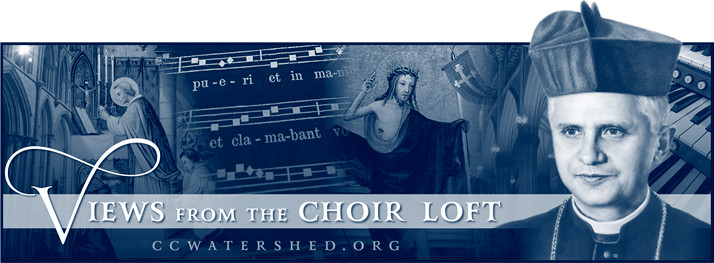 NE OF THE CONTROVERSIES during the 1960s, now long-since forgotten, was the question of whether the private Masses of a priest could be said in the vernacular. The Second Vatican Council had declared as follows: “since the use of the mother tongue…frequently may be of great advantage to the people, the limits of its employment may be extended.” Although the Council had declared that the use of the Latin language was to be preserved in the Latin rites, (see Section 36.1) the reformers probably realized that once the Mass was in the vernacular, it would only be a matter of time before even private Masses would be changed to the vernacular.
NE OF THE CONTROVERSIES during the 1960s, now long-since forgotten, was the question of whether the private Masses of a priest could be said in the vernacular. The Second Vatican Council had declared as follows: “since the use of the mother tongue…frequently may be of great advantage to the people, the limits of its employment may be extended.” Although the Council had declared that the use of the Latin language was to be preserved in the Latin rites, (see Section 36.1) the reformers probably realized that once the Mass was in the vernacular, it would only be a matter of time before even private Masses would be changed to the vernacular.
I thought about this when I came across this interesting document from 1970 for Masses without a congregation:
* PDF Download • Order of Mass (1970)
—NIHIL OBSTAT by Daniel V. Flynn; IMPRIMATUR by Joseph P. O’Brien.
In case somebody couldn’t download the PDF file, here are some screenshots:

A few months ago, there was a controversy involving plagiarism, “ad orientem” celebration, and the Most Reverend Peter Christensen (Bishop of Boise, Idaho). Without rehashing the entire controversy, one of the false statements Bishop Christensen made—which was actually plagiarized from a priest named Fr. Paul Turner—is as follows:
“There has been an attempt to justify the ad orientem practice because the Order of Mass indicates places when the priest should face the people. (However, it never asks him to turn away, [!!!] as the preconciliar Missal did.)”
Articles by my colleagues have demonstrated the above statement is false; but it is interesting that the “Order of the Mass Without a Congregation” does actually tells the priest when he should face the Altar and when he not should face the Altar. This just goes to show that you cannot just take everything you find on the Internet at face value. Question everything, and whenever possible, go directly to the source.
As an aside, for those interested in the restoration of the Traditional Mass, it is important to remember that there are in fact small steps that can be taken to move towards a Mass which is more traditional in it’s expression. For example, although today Las Vegas has the Extraordinary Form, it was not always so. Before it was the EF, it was first a Novus Ordo Mass in Latin, ad orientem. The Novus Ordo in the vernacular but celebrated ad orientem is a simple but profound way to return focus to Christ.





